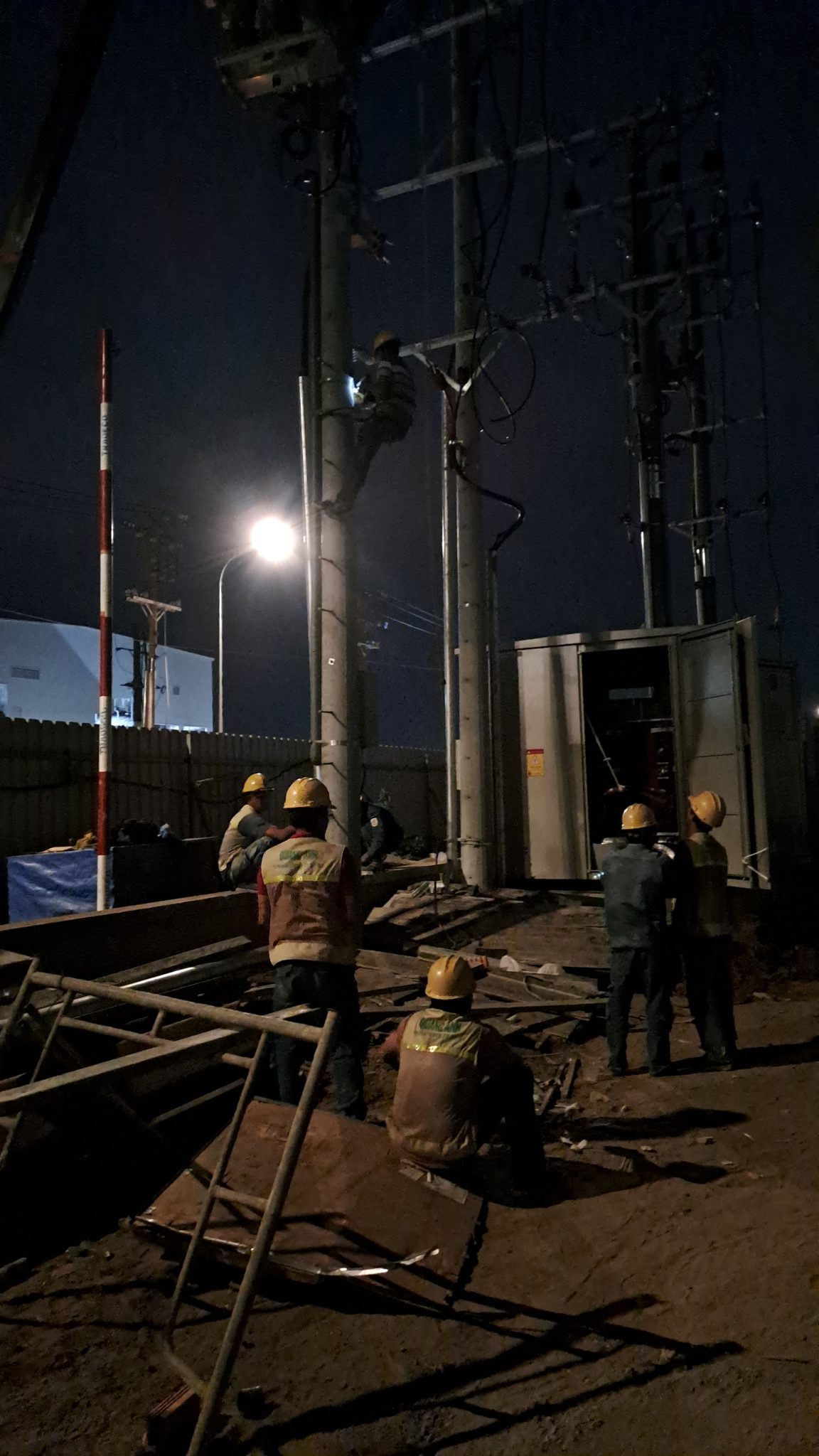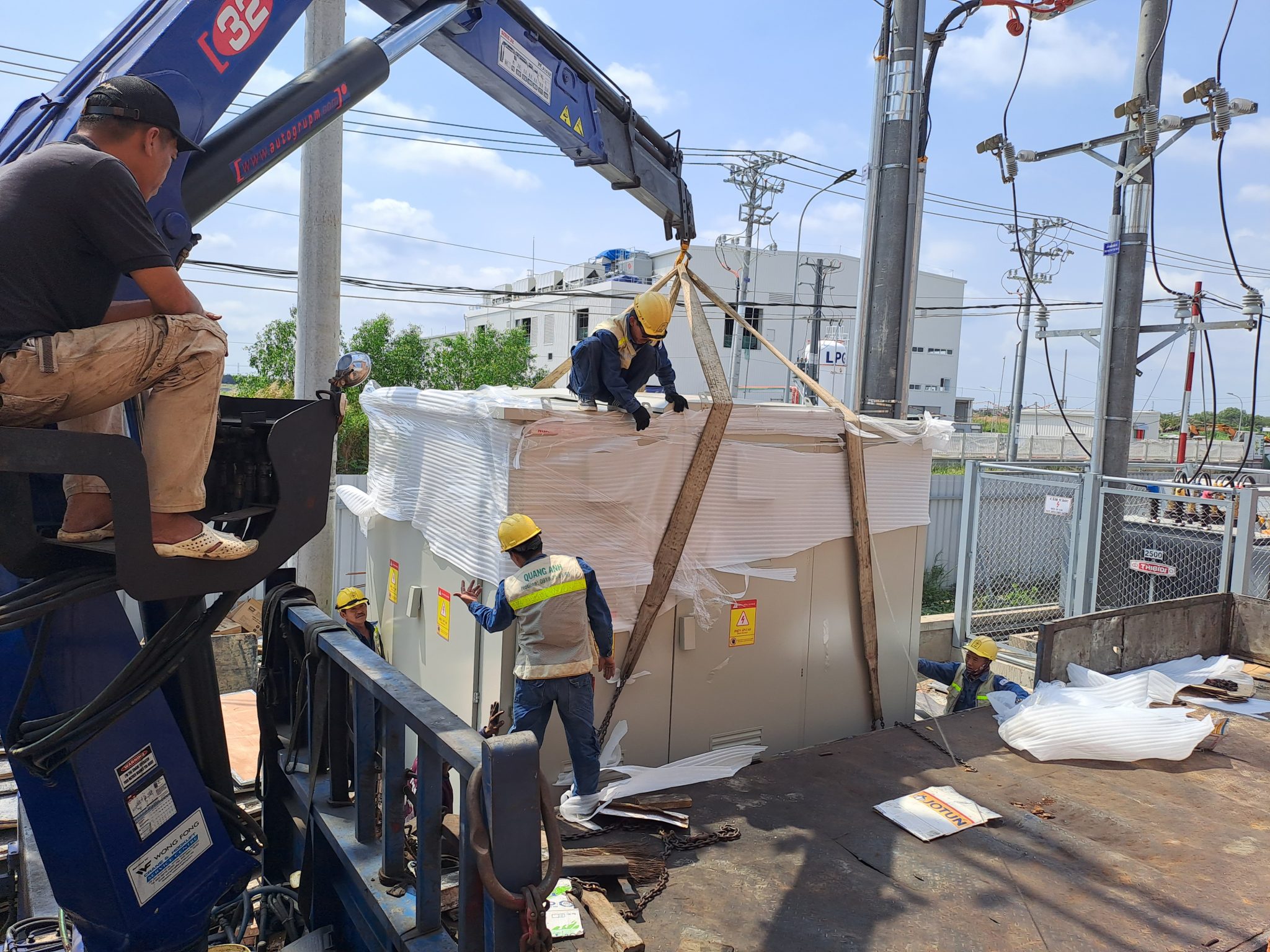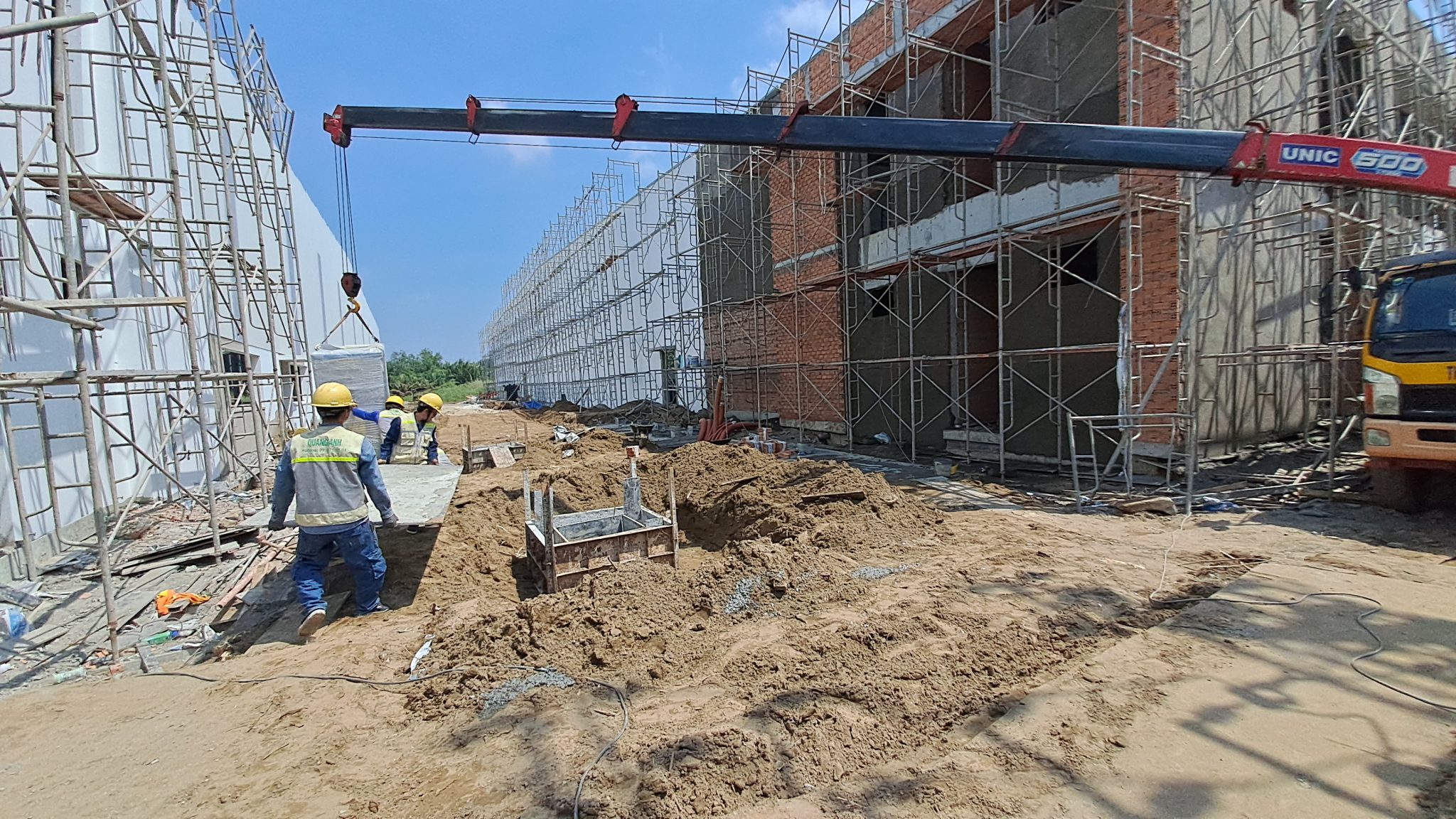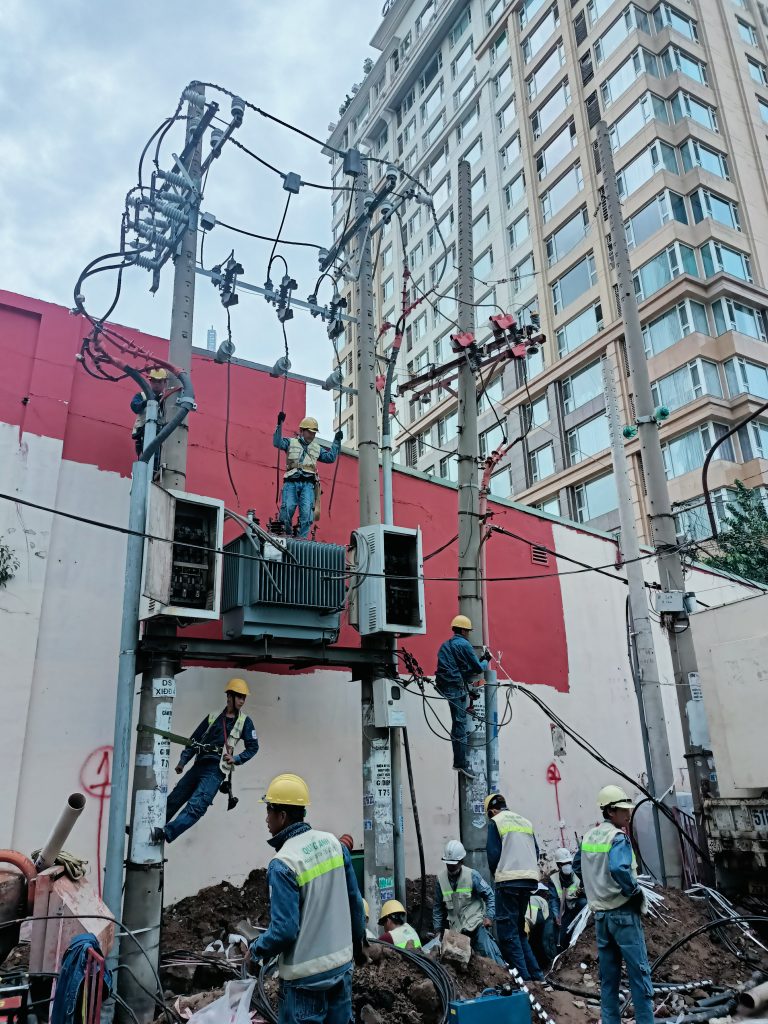News
Solar Power Installation Costs: What You Need to Know in 2025
The cost of solar power installation in Vietnam depends on system capacity, equipment type, and electricity demand, with significant fluctuations expected from 2025.
Home Solar Installation Costs
Home solar installation costs range based on system capacity from 3 kWp to 10 kWp. Prices include equipment and installation for rooftop grid-tied systems. Hybrid systems are more costly, such as a 3 kWp hybrid system costing 60-65 million VND. Each kWp of solar power produces approximately 4-5 kWh/day. A typical rooftop needs about 6-8 m² per kWp.
Installing solar power is emerging as a solution not only for cost savings but also for environmental protection. For businesses and households, understanding the costs and influencing factors during installation is crucial.
Installation Price Table
- 3 kWp: Installation costs about 35 – 45 million VND, producing around 360 kWh/month.
- 5 kWp: Installation costs range from 50 – 75 million VND, producing approximately 600 kWh/month.
- 10 kWp: Installation costs from 90 – 150 million VND, producing about 1,200 kWh/month.
Factors Affecting Costs
Solar installation is influenced by several factors:
- System Capacity: Choosing a system with greater capacity leads to higher total costs due to the required equipment and installation space.
- Equipment Type: The brand and quality of solar panels and inverters, like ABB, Schneider, or Mitsubishi, significantly affect costs.
- Installation Location: Sunlight absorption and electricity production efficiency can vary by geographical location.
- Roof Structure: The roof design and material may require specialized installation solutions.
Recommendations for Families
Families should consider installing grid-tied or hybrid systems if their monthly electricity bill exceeds 1.5 million VND. Choosing a capacity that matches usage needs is important.
Benefits
Installing solar power provides several benefits such as:
- Monthly electricity consumption savings.
- Environmental protection by using renewable energy.
- Increasing property value with modern solar power systems.
With initial investments in solar power systems, any business or household can benefit from long-term energy-saving solutions.

Business Solar Installation Costs
Business solar installation costs can range from 10 kWp to 50 kWp, priced between 110 – 650 million VND depending on the scale. The average investment ranges from 8.5 million to 16 million VND per kWp. This system is often applied for businesses and farms, effectively saving annual electricity costs and reducing emissions.
Investing in solar power systems is becoming increasingly attractive for many businesses in Vietnam, not only for cost savings but also for enhancing green corporate image. Grid-tied solar power systems allow organizations to proactively use energy, reducing dependency on traditional EVN grid electricity.
Factors Affecting Investment Costs
Investment Price (CAPEX)
- Investment Cost: For systems smaller than 500 kWp, the investment price typically ranges from 15 to 19 million VND per kWp. Larger systems over 500 kWp can reduce costs to 14 to 17 million VND per kWp.
- Real-World Example: Illustrated, a 50 kWp system might need approximately 800 million VND, while a 300 kWp system would require around 4.5 billion VND.
- System Size: Electricity production is linear to roof area. For instance, a 300 kWp system requires more than 2,000 m² of roof, producing 36,000–45,000 kWh per month.
Electricity Output and Savings
- Electricity Savings: Using solar power can help businesses reduce costs by 70 to 90% depending on business electricity rates, especially effective for peak-hour operation companies.
- Excess Electricity Sales: Excess electricity can be sold back to EVN at 2,134 VND/kWh for 20 years.
- Reduced Costs: A 5 kWp system saves an average of 2.3 million VND monthly, approximately 28 million VND annually, allowing capital recovery in 4 to 6 years based on scale and usage.
- Emission Reductions: Solar power systems contribute to reducing greenhouse gas emissions, enhancing the position of green businesses.
Estimated Payback Potential
| System Size | Investment Price (million VND/kWp) | Payback Time | Expected Electricity Savings | |—————–|——————————|——————–|————————-| | <500kWp | 15–19 | 4–6 years | 70–90% cost/year | | >500kWp | 14–17 | 3–5 years | Higher due to scale economy |
Other Benefits Beyond Cost Savings
- Cooling Construction: Solar energy panels not only produce electricity but also reduce the temperature beneath the roof.
- Stable Electricity Prices: Solar power is unaffected by wholesale electricity price fluctuations, providing stability for businesses.
- Long-term System Longevity: With an average lifespan of 25 to 30 years when maintained regularly, solar power systems are a truly long-term investment.
Important Considerations for Investment
- Roof Area: Determines the system’s scale and effectiveness.
- System and Equipment Quality: Directly affects the system’s performance and durability.
- Legal Policies: Factors such as roof leasing incentives need careful consideration.
- Warranty and Maintenance: Selecting systems with long-term warranties will help minimize the risk of additional costs.
Investing in solar power systems for businesses not only offers economic benefits but also serves as a firm step forward in environmental protection and enhancing the brand image of green businesses. Factors like investment prices, roof area, and suitable equipment choice will determine the effectiveness of the process.

Factors Affecting Installation Costs
Factors Affecting Installation Costs
Factors affecting solar installation costs include system size, geographical location, sunlight radiation, as well as other costs such as transportation and maintenance. Larger scale systems generally have lower per kWp costs. Locations with high sunlight radiation allow for more efficient exploitation, shortening payback times. Grid-tied systems are cheaper than hybrid systems or those with storage.
When businesses consider investing in installation systems, cost-affecting factors play a crucial role in planning. Firstly, material costs and the types of materials such as steel, cement, sand… frequently fluctuate with the market. Choosing high or low-quality materials will directly affect overall costs.
Construction terrain is also an essential factor. Construction sites on complex terrain like weak soil or mountainous areas require additional foundation treatment costs and specialized equipment, while labor costs increase due to prolonged construction time.
The scale of the project and design drawings cannot be overlooked. Larger scales usually entail higher material and labor costs. Detailed drawings requiring specialized technical design will increase overall costs. For instance, concealing electrical systems or installing bespoke devices may increase costs by 10% or more.
Labor costs are one of the factors affected by skills and work quality. Although highly skilled workers may cost more, they ensure long-term project quality and safety.
Additionally, the distance for transporting materials and workers from suppliers to the construction site significantly affects costs. Projects located far from the center require additional infrastructure and transport equipment investment.
Finally, construction technology also strongly impacts costs. Using modern technology and equipment might raise initial costs but saves construction time and reduces long-term maintenance costs. Manual construction or outdated technology can be tempting cost-wise initially but risks incurring maintenance costs.

Investing in solar power offers benefits in electricity cost savings and environmental protection. Businesses and households need to consider factors like geographical location and usage needs to optimize system efficiency.
Contact QuangAnhcons for detailed consultation on solar power installation. Hotline: +84 9 1975 8191
QuangAnhcons provides quality solar power consultancy and installation services, meeting energy saving and sustainable development needs.

 Tiếng Việt
Tiếng Việt 简体中文
简体中文 Deutsch
Deutsch 日本語
日本語 한국어
한국어 ไทย
ไทย Русский
Русский Français
Français
